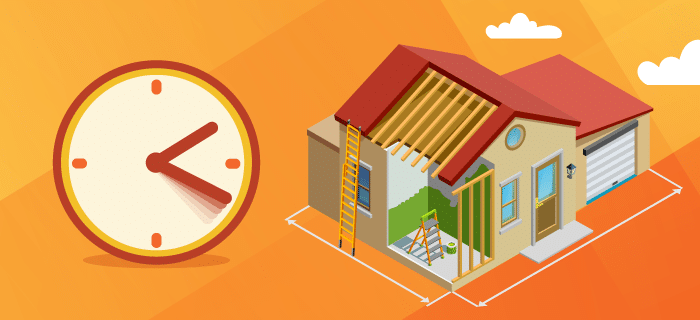We have all fantasised about buying our dream home, whether we’ve fallen for a multi-family two-story home, driven past an idyllic country villa tucked away amid the trees, or visited a friend’s modern condo with endless facilities. Whatever the genesis, it sparked a desire that resonated within us to own a home.
Making that leap from mental goals to actively pursuing acquiring your dream home, may seem daunting to say the least. Many questions begin to pervade your mind such as: ‘How do I begin the home ownership process?’, ‘How much money would I need?’ and more so ‘Am I even eligible for a mortgage?’
A goal without a plan, is just a dream, so let’s develop a plan for homeownership.
1. Assess where you are right now – financially
Purchasing a home is one of the biggest financial investments you can make in your life and most people would require a mortgage to offset the cost. Home purchase mortgages generally cover between 90 – 100% of the property cost, you will need to have the difference in savings to make your down payment plus an additional 5% for closing costs. An excellent guide is through TTMB’s mortgage calculator which tells you, in under a minute, how much you can afford at this time and, if you have not done so yet, start saving.
2. Get Pre-qualified
When you’re ready to look for your perfect home, it makes sense that you have all the upfront information regarding your finances. This saves you time and opens the door for you to search for a home in a more focused, structured way. While mortgage calculators are excellent, to truly get an understanding of your financial standing, you will need to make an appointment to get pre-qualified. Your credit report is often taken into consideration when determining your eligibility to borrow. Improve your credit by working towards reducing debt and building healthy habits such as spending within your means and ensuring your loan payments and bills are made on time. From there, you can search for available properties, knowing precisely which options are within your price range.
3. Enlist an Expert to help in your Home Search
Whether or not you are finding the home-search process overwhelming or even time-consuming, it may be well worth your time and money to employ the services of a reputable real estate agent. They are in the know when it comes to shortlisting available homes for sale that are within your budget; they are familiar with the complexities of the home purchase process; and their experience has sharpened their detection skills to spot the faulty or missing elements on potential properties.
4. Be in the know yourself – with the Legal & Required Documents
Knowledge is power and it will help you to understand the process, particularly the documents which you will need to supply at all the various stages. When it comes to the legal phase, lenders and regulating bodies will need to ensure that the property you intend to purchase is unencumbered and ready for sale. This stage of the home ownership process can be rather onerous and lengthy. You can learn more here.
5. Apply for your Mortgage!
Now that you have found a home, you are now ready to submit your application for a mortgage loan. The first step of this process is to make an appointment. Review all required documents for appointments and ensure you have them ready: Key documentation will be required to support your application, such as a valid prequalification certificate, evidence of national identification (two forms); evidence of your savings and indebtedness; as well as the Title Deed or Lease for the property you intend to purchase. Be sure you have your Agreement of Sale. Your loan officer will guide you through the next steps and advise you of the parameters of the mortgage, such as its duration and interest amount and you will start paying your fees.
While purchasing your first home can be overwhelming, bear in mind that you are working towards a goal which marks an exciting and rewarding milestone in your life. As with anything that may appear overly complex, educating yourself is an integral part of the process.
If the plan does not work, change the plan, not the goal.







